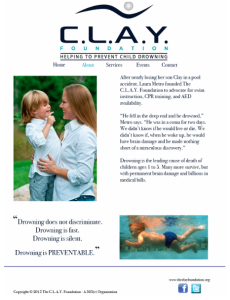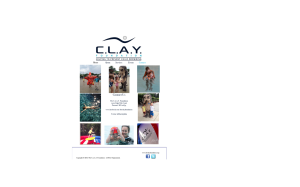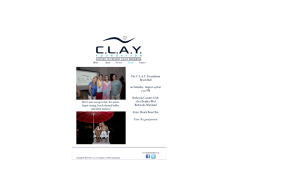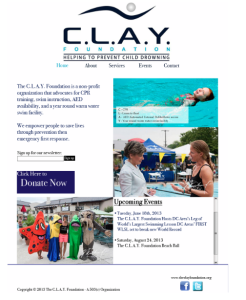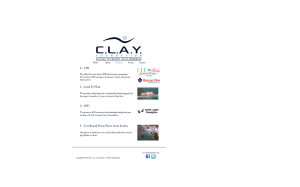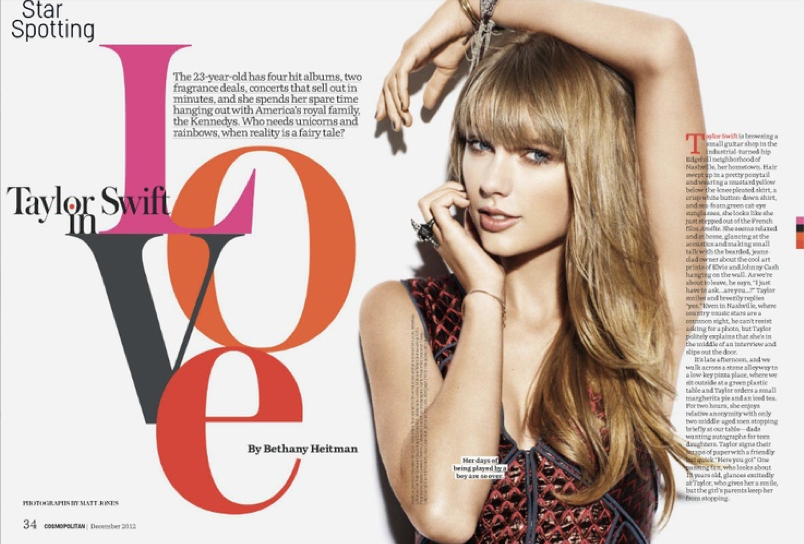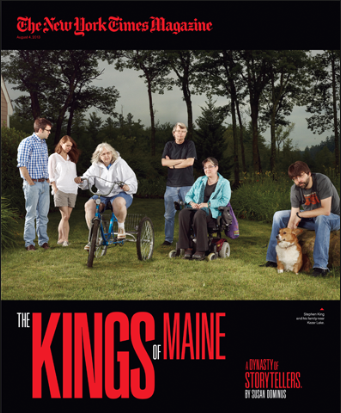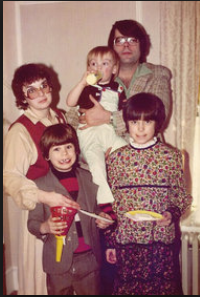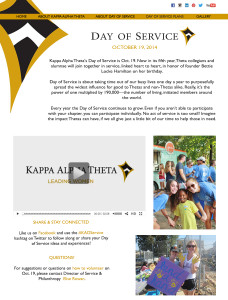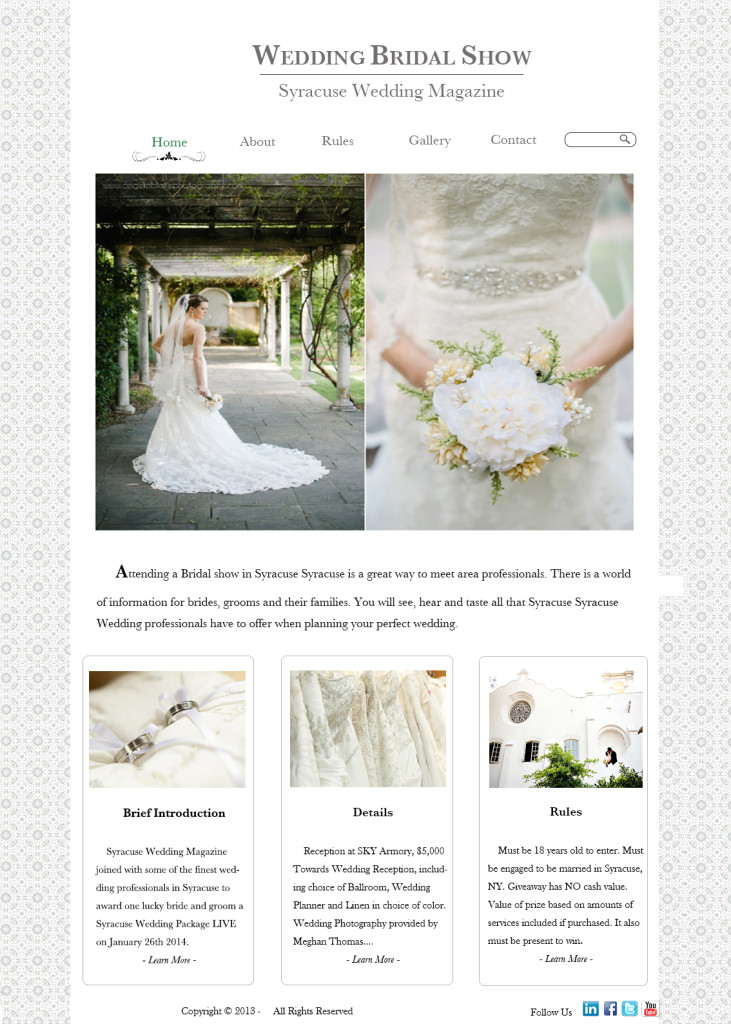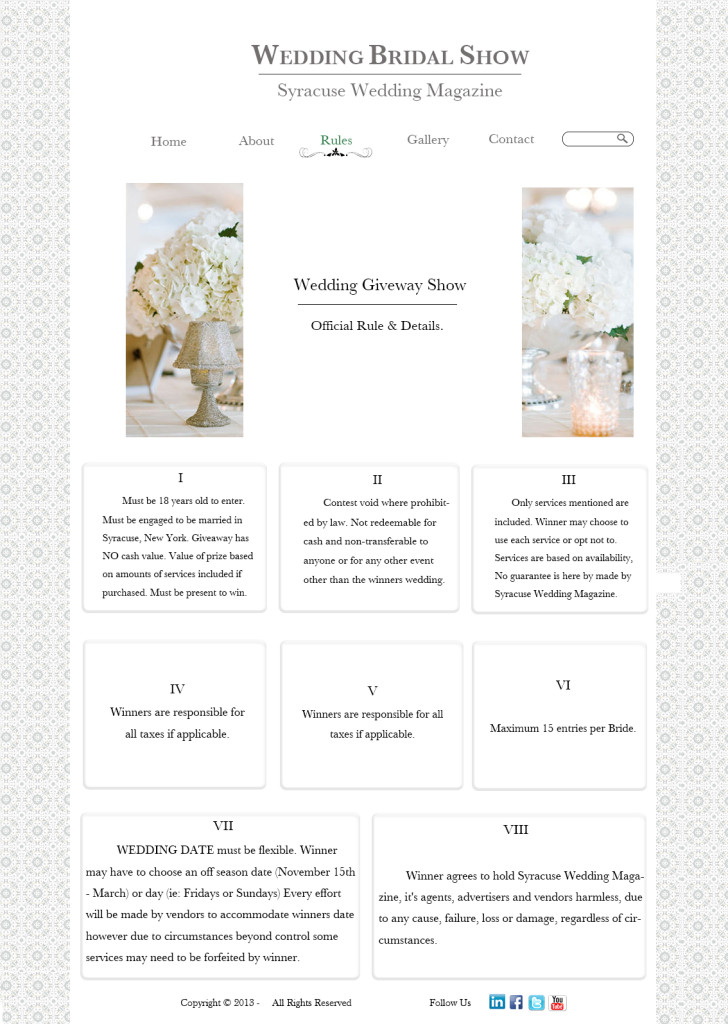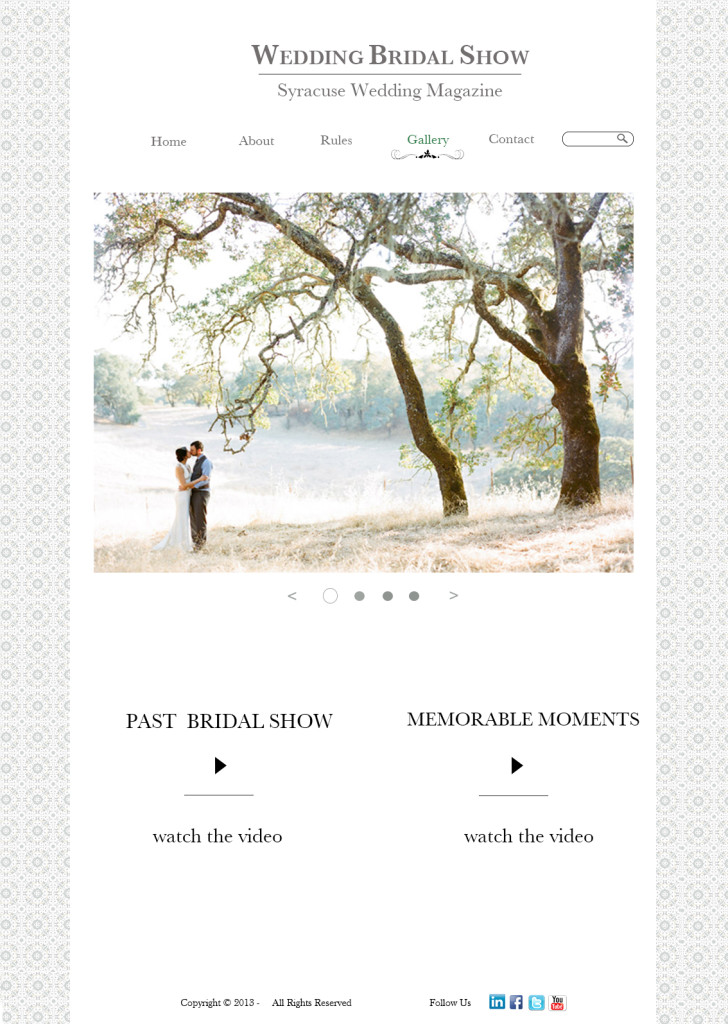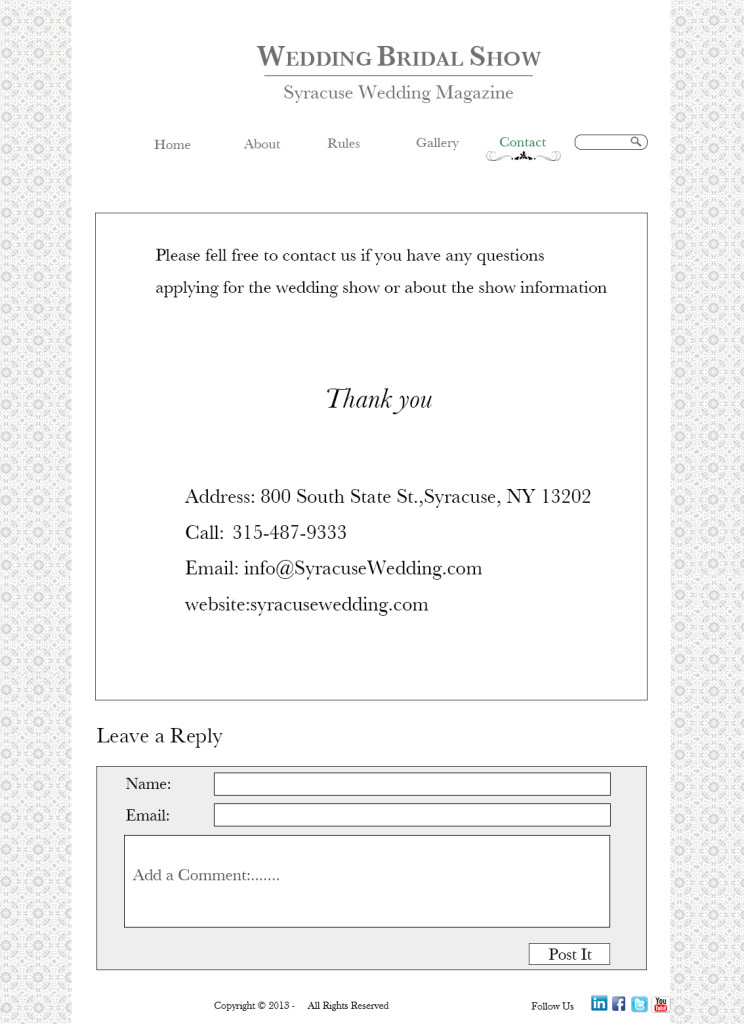Are We All On Crack? How Rob Ford Keeps His Job
A morbid fascination with the urban drug somehow casts the transgressive Toronto mayor as a cultural adventurer.
This is an article that ran in Newsweek. While a lot of the attention grabbing-ness of this story does have to do with the content of the article, the headline was written in a way that grabs a reader. “Are we all on crack?” is not something that you would expect to read when flipping through the pages of Newsweek. By also referring to the drug as “crack” it sounds more casual and friendly. When reading this a person doesn’t think that they are going to be reading a very formal, scientific sounding article. They will be reading something casual, funny and engaging.

